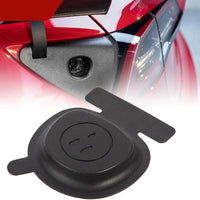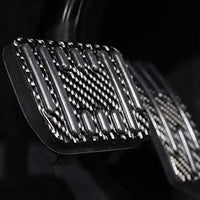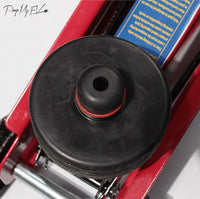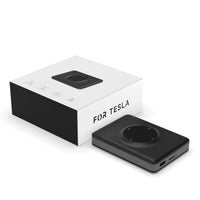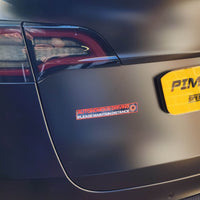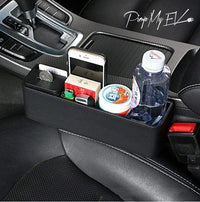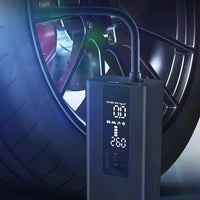If you are wondering why your Tesla is charging at a slower rate than usual, this article will walk you through some of the most common explanations, based on our own experiences and those of other Tesla owners.
Chilly Weather
If it's cold where you are, it might be slowing down your Tesla's charging process.
Lead-acid batteries were the standard for storing power in EVs before Tesla came along. When Tesla introduced the technology, the car industry quickly followed suit.
There are several advantages to using lithium-ion batteries:
- Excellent capacity to store electric charge
- Superior to lead-acid batteries in terms of durability.
- Keep working hard for longer with the same effectiveness
- On the other hand, lead-acid batteries may take more charges before they need to be recharged than lithium-ion ones can. This feature enables sluggish charging even in extremely cold conditions.
Affects of Low Temperature on Li-Ion Battery Charging Times
Optimal operating temperatures for lithium-ion batteries are between 20 and 25 degrees Celsius (68 and 77 degrees Fahrenheit). There will be a decrease in efficiency due to the high internal resistance caused by the low temperature.
Lithium plating is the chemical process that occurs when you try to charge them at temperatures below 32 degrees Fahrenheit. Lithium ions respond to the charging current unexpectedly quickly, building up on the anode.
At sub-zero temperatures, the battery's lithium ions do not intercalate into the anode. They instead build up as lithium metal on the graphite anode.
Therefore, the anode will electroplate instead of charge if you try to charge it when it's below freezing outside. In the event that the battery is left to rest, some lithium atoms will intercalate.
How To Fix
If you heat up your car for 30 minutes to an hour before charging, you can speed up the process by a lot.
Here's how to get your car ready to go.
- Launch the Tesla app.
- Go to "Climate" and flip the switch to turn it on.
- You can also turn on "Smart Preconditioning."
When you pre-heat a battery, you warm it up to a safe working temperature. But it uses a lot of power, so you'd want your battery to have more than 10% charge before preheating your car.
Tesla Batteries’ State of Charge (SOC)
The percentage of fullness of a battery is known as its state of charge. Given its current charge level, it can only charge at full speed for a limited time during a given charging cycle.
During charging, a battery generates heat and, once full, slows its rate of charge intake to prevent explosion. After the battery is 80-90% charged, the charging rate often decreases, a phenomenon known as a "charging curve".
Each supercharging cycle restores approximately 95 miles (153 km) of range or 30kWh in the Tesla Model S.
Battery health should be checked often, according to research from the Technical University of Munich. This is due to the fact that extreme charging procedures, such as completely depleting and then fully charging your car's battery, can cause irreparable harm.
Study after study on the chemistry of Li-ion batteries has linked a high state of charge with battery deterioration and a shortened lifespan.
In light of this, Tesla suggests never letting your battery go below a 20% charge or above a 90% charge.
How to Fix
To make your battery last as long as possible, limit its high and low states of charge to between 30 and 70%.
Keep your Tesla battery at 90% charge and only charge it to 100% when you need to. This way, you'll probably lose about 5% of your carrying capacity after about 50,000 miles (80467 km).
Poor Charging Times at Public Chargers
Possible causes of your Tesla's sluggish charging rate include a lack of available electricity from the grid or from too many chargers competing for the same supply.
At a Tesla charging station, there are two spaces available for use. If one vehicle is using maximum power to charge, the other vehicle will be charged more slowly. If grid limitations are added to this, you may even notice slower charging.
How to Fix
If you want the fastest possible charging speeds, you should look for a Tesla charging station that is not in use. If that's not possible, you'll have to either wait in line or make do with less than ideal conditions, accepting the fact that your Tesla will charge more slowly than normal.
For more about Tesla and shopping for the amazing aftermarket essentials, visit Pimp MY EV today! :
:  :
: 





